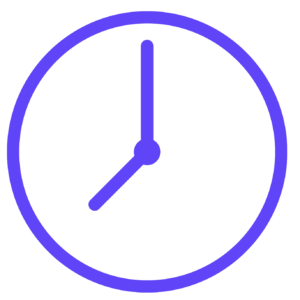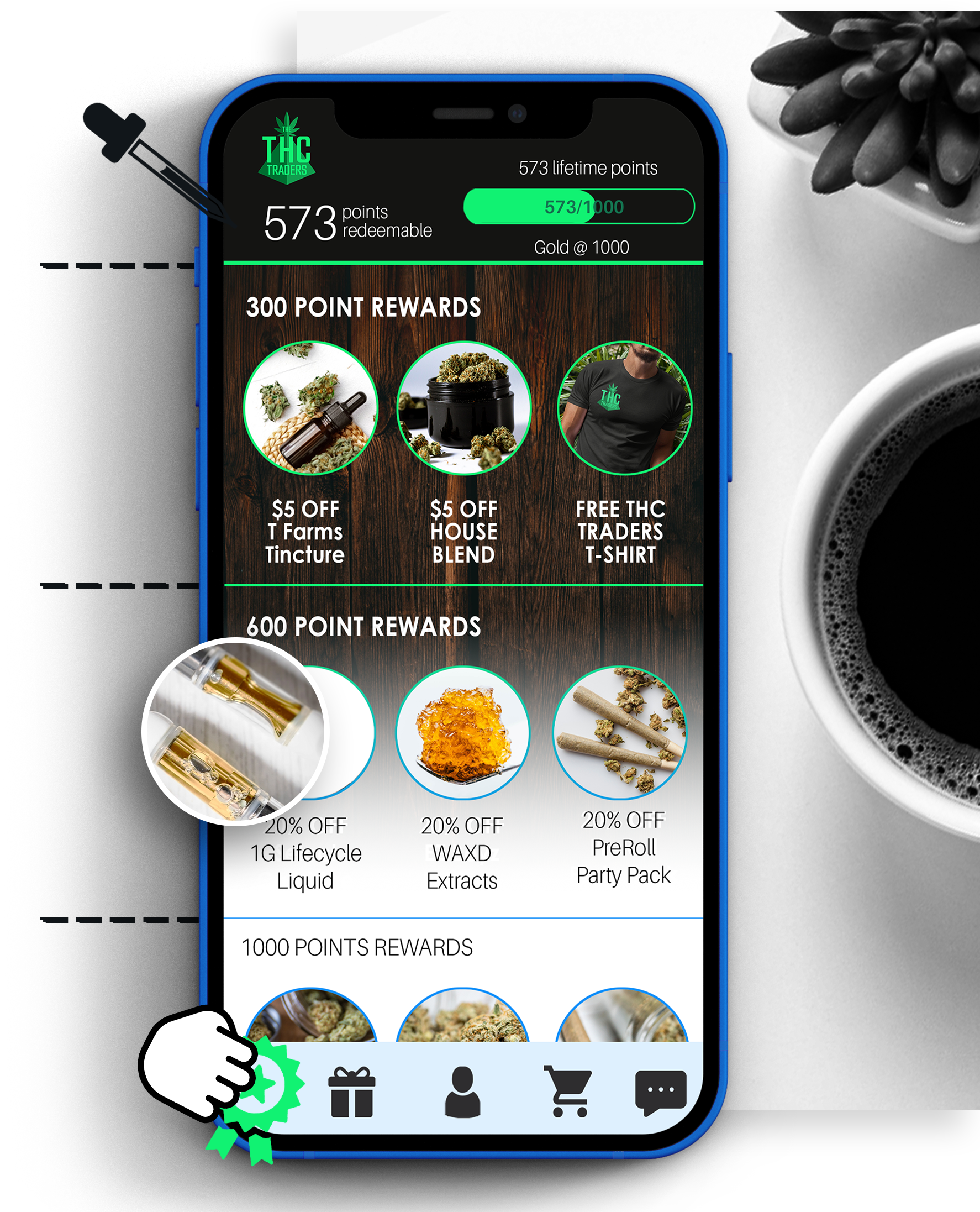A Guide to Dispensary App Push Notifications

As business reliance on mobile apps increases, businesses, including cannabis dispensaries, are learning that a successful app requires far more than sophisticated software development. Mobile apps are inextricably connected to your business’s marketing strategy, and how you market your mobile app can make or break how successful it becomes.
The administration of push notifications is central to your mobile app’s marketing plan. Learn more about how you can maximize their use on your business’s mobile app here.
What are mobile app push notifications?
Mobile app push notifications are communications generated within mobile apps designed to alert app users. They often appear on lock screens as well as on notification banners, depending on the customers’ notification preferences.
Marketers love push notifications for their simplicity and the direct channel they generate between apps and their users. They are also clickable, making them uniquely positioned for customer interaction.
While push notifications are desirable for their access to users and customers, they have their limitations, most commonly their opt-in requirements. Downloading and engaging with an app does not grant the app the ability to send push notifications. Instead, users must actively opt-in to receiving them, typically when prompted by the app.
How effective are push notifications?
In short: it depends.
Push notifications are full of potential. With consumers practically living on their mobile devices, companies with the ability to send a pop-up communication that customers are almost certain to see are at a huge advantage. Push notifications are the staple of many marketing campaigns due to their huge potential to increase company brand awareness
 However, given the opt-in requirement, some businesses fall short. Despite having the right innovative strategies and creative solutions to their marketing shortcomings, certain companies fail to get their push notifications campaigns off the ground.
However, given the opt-in requirement, some businesses fall short. Despite having the right innovative strategies and creative solutions to their marketing shortcomings, certain companies fail to get their push notifications campaigns off the ground.
As a report from BusinessOfApps details, push notification opt-in rates vary widely across apps and industries. The good news is that, as the report shows, a strong majority of app users feel positively about push notifications in some capacity. It simply comes down to whether the specific push notifications are relevant and interesting enough to warrant the app user to opt-in.
Creating Engaging Marketing Campaigns with Push Notifications
Learn how to make the most of push notifications in your next mobile app cannabis marketing campaign. Boost customer loyalty, customer retention, and enhance your dispensary’s customer experience.
Encouraging Opt-In Rates
 The central challenge for finding success with push notifications is getting your customers to opt-in to receiving them in the first place. If customers think the apps will be overly frequent or irrelevant, they are unlikely to opt-in. Opt-ins occur when users believe they have something to gain, or that they will be missing out on something important.
The central challenge for finding success with push notifications is getting your customers to opt-in to receiving them in the first place. If customers think the apps will be overly frequent or irrelevant, they are unlikely to opt-in. Opt-ins occur when users believe they have something to gain, or that they will be missing out on something important.
Typically, there are two types of approaches for inquiring an app user about whether they want to receive push notifications:
Default Requests
Typically, when a user logs onto an app for the first time, a message will pop-up onscreen asking if the user wants to receive push notifications for the app. Sound familiar?
This is the most common but least successful method for asking for permission.
Asking for Permission In-Context
The more lucrative option has users prompted to give permission in the context of something relevant and interesting. This type of request is usually delayed as well, allowing for your to app to build credibility with the user.
The permission request may come in a number of different contexts. Some options include:
Immediately following a purchase
For e-commerce apps in particular, asking permission immediately following a customer’s purchase can be an effective way to boost your acceptance rates.
At that point, the customer has already demonstrated significant interest in your brand, and they are more likely to want to hear about future offers and updates. Plus, push notifications can keep them up to date on their order in particular, especially if it is being used through a cannabis delivery service.
Only ask once the customer has used the app multiple times
Another option is to simply delay the request. Many rejections of permission requests occur because customers have negative associations with push notifications, built up from interactions with other apps. They associate push notifications with annoying and irrelevant content.
By delaying the request, you are only asking a user once they have demonstrated a commitment to your own app, making it much more likely they will accept push notifications than they would have been on first open.
Optimized Timing
 With such a quick channel to your customers established, it may be tempting to blast offers and updates around the clock. Well, don’t.
With such a quick channel to your customers established, it may be tempting to blast offers and updates around the clock. Well, don’t.
Just as customer opted-in, they can opt-out. If customers feel spammed by overly frequent mobile communication messages, across any medium, they will cease to receive them or, at the least, stop reading them. In order to ensure your push notifications are actually effective, send them sparingly.
With cannabis dispensaries’ apps, it is best practice to send a push notification about 5 times per week, with 3 being the minimum and 7 the maximum.
Segmenting your Customers
 Keep it interesting. Like any content, relevancy is vital. No one engages with dull or irrelevant content.
Keep it interesting. Like any content, relevancy is vital. No one engages with dull or irrelevant content.
Customer segmentation allows you to broadcast only what you take to be relevant to particular customers. As you gather data on your customers, their spending habits, their favorite products, and anything else, consider how it might be applied to the push notifications they receive.
If a customer has demonstrated a tendency to purchase newly released edibles products but has never bought flower it is probably best to prioritize keeping them notified of edibles promotions and news.
Keeping it Concise
Well, this one is less of a choice. Push notifications are famously short. On Android devices and apps from the Google Play Store, they range from a maximum of 60 to 90 characters. Meanwhile, on iOS and apps from the Apple App Store, they max out at 120 characters.
Even with such low maximums, it is still recommended to target a maximum of 40 characters.
Keeping it short and sweet is essential. All you want to do is get your audience interested so they “push” the notification and open the app.
Push Notifications Build Customer Loyalty
As we always stress here at springbig, earning loyal customers is the name of the game in the cannabis industry. In addition to springbig’s marketing suite, including loyalty programs and text messages, adding push notifications to your dispensary app is an important step in your cannabis marketing campaign.
To learn more, visit our website or request a demo here.


